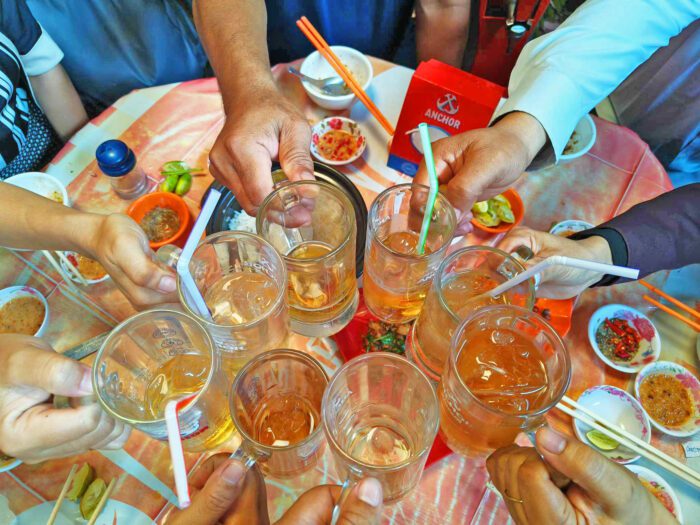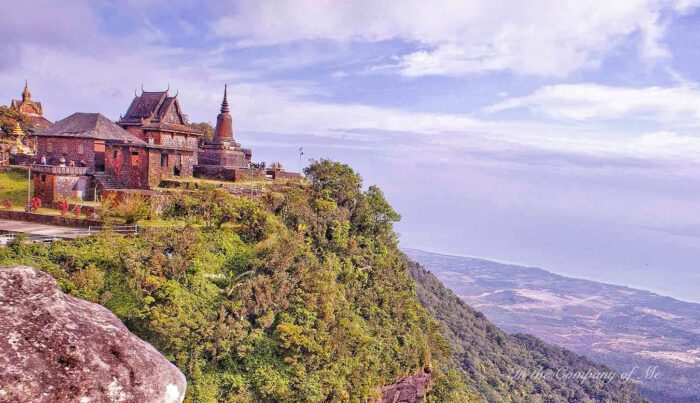This week, In My Corner of the World, I’m taking you to the bustling streets of Phnom Penh. Here, traffic travels by foot, car, tuk-tuk, and of course, the ever-present moto (motorbike). They’re a cheap and convenient way to get around, especially when navigating busy streets or short distances.
But a moto in Phnom Penh isn’t just for one or two people. It’s a family affair!
This photo captures this perfectly. A whole family piles onto a single moto: dad at the helm, mum holding on tight with a baby on her lap, and two children nestled between them. And that’s not all! Perched precariously on mum’s lap, with the baby, is the family pup joining in for the ride! It’s a scene that would likely raise eyebrows in many parts of the world, but here in Cambodia, it’s a common sight. Motos are seen as a family vehicle, and it’s not usual to see parents ferrying their children around town, all squeezed onto one moto.
Of course, safety is a concern, (wearing helmets is a requirement) and I wouldn’t necessarily recommend trying to fit this many people – and pets – on a moto yourself! But it’s a photo that captures the unique character of Phnom Penh and glimpse into the everyday life of Cambodians. It shows the resourcefulness and adaptability of Cambodian people, and the way they find ways to make things work, even when space is limited.
So, how many can ride a moto? In Phnom Penh, the answer seems to be: as many as can fit comfortably (and maybe a furry friend)!



